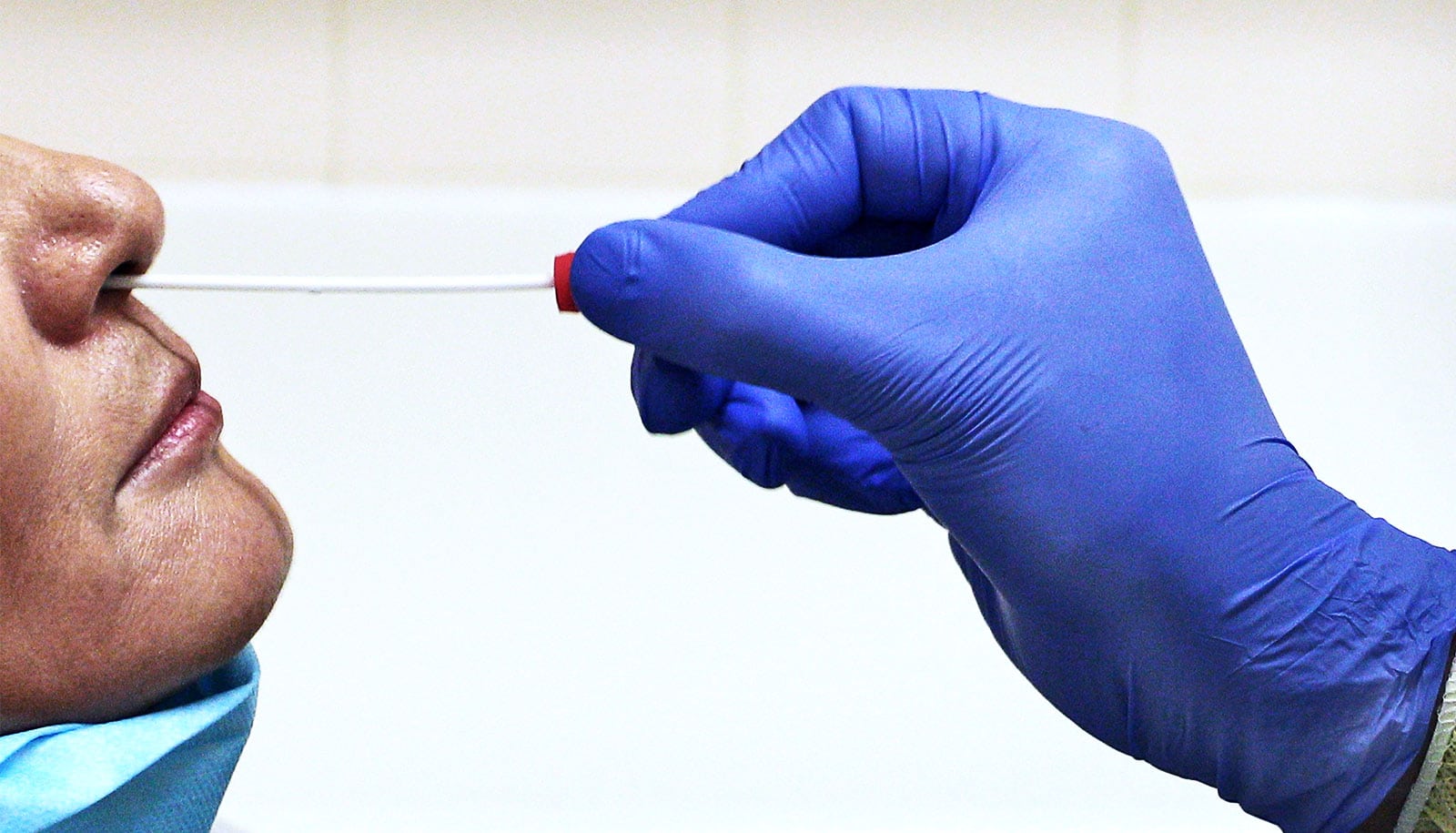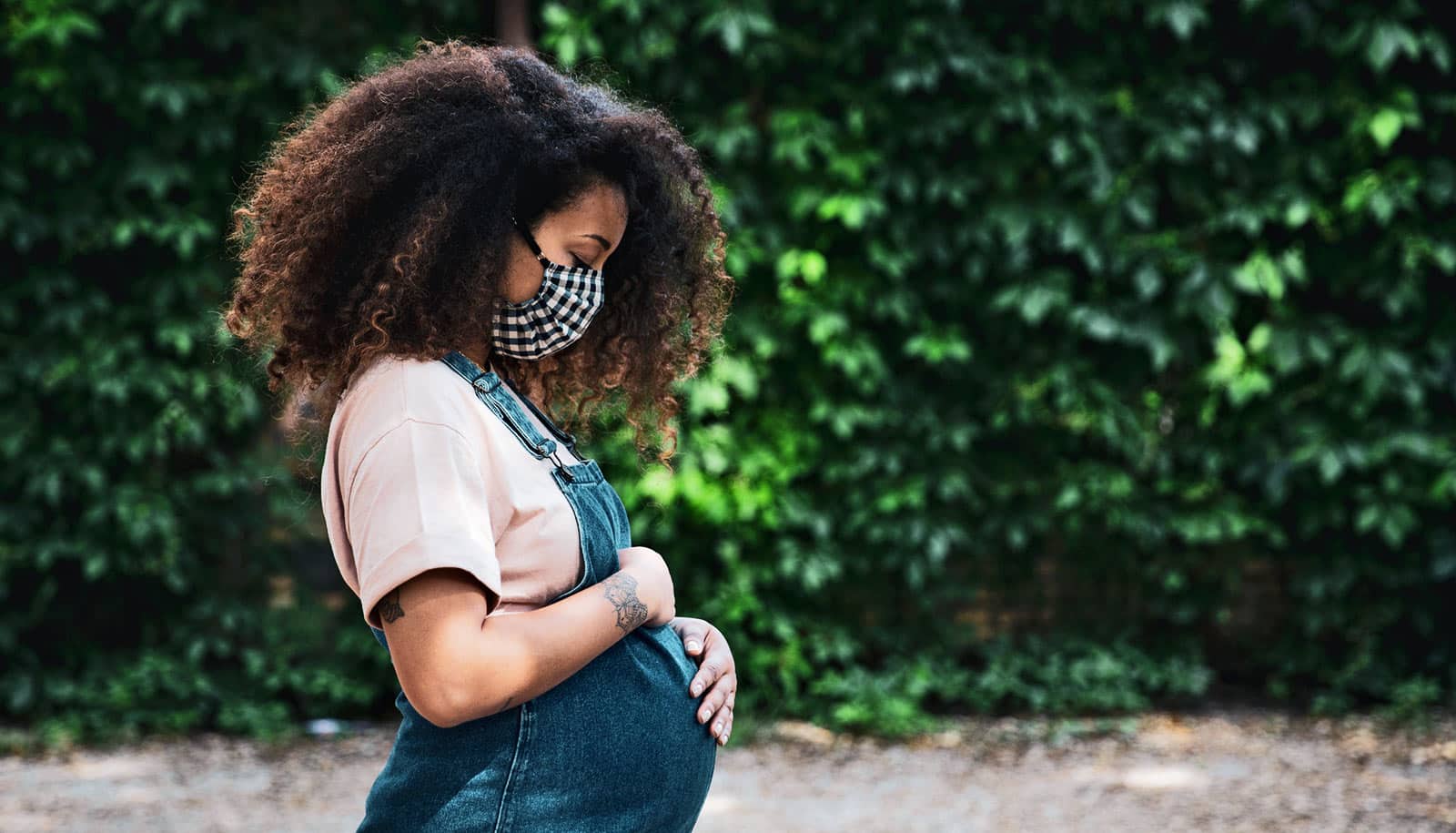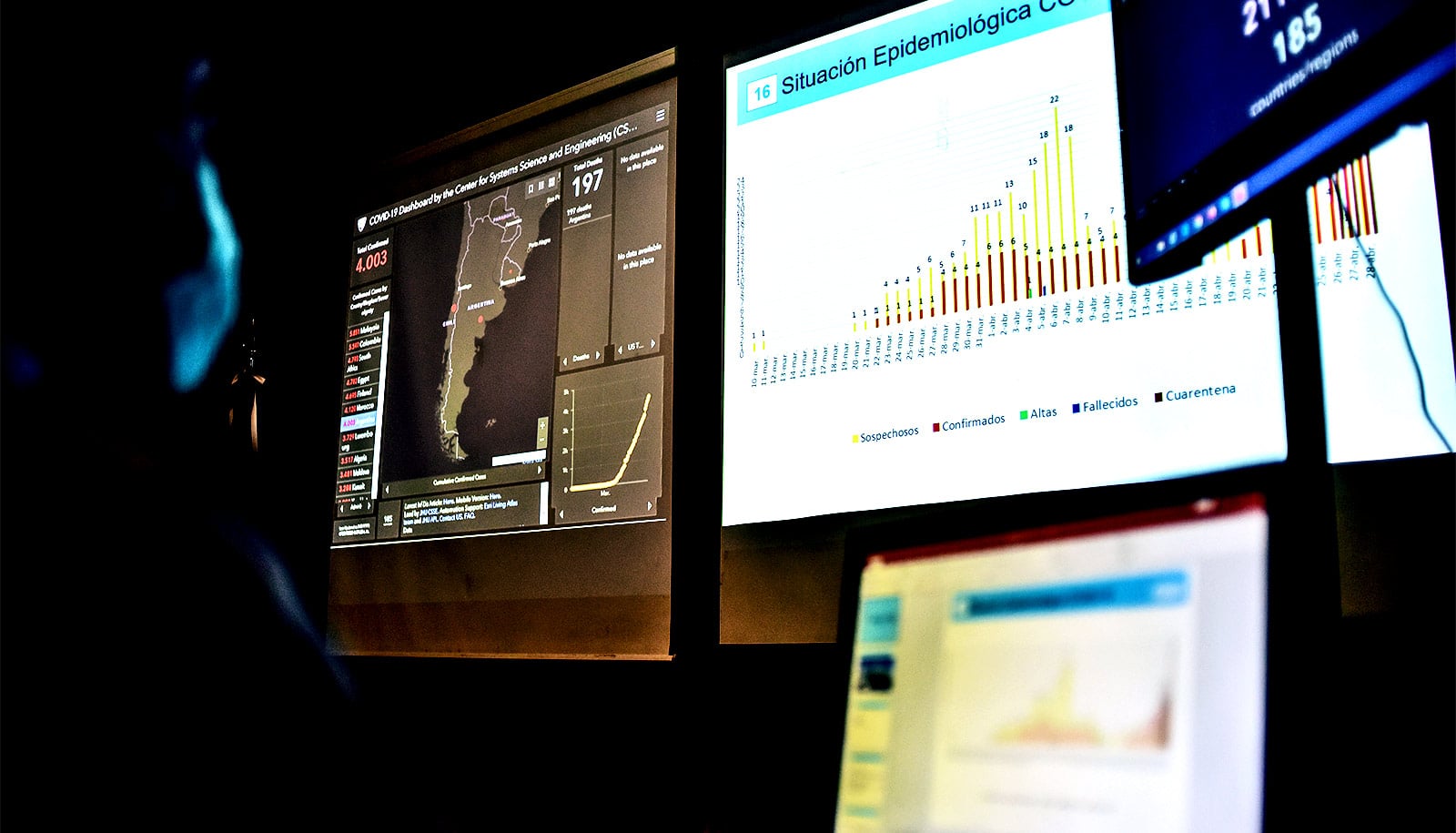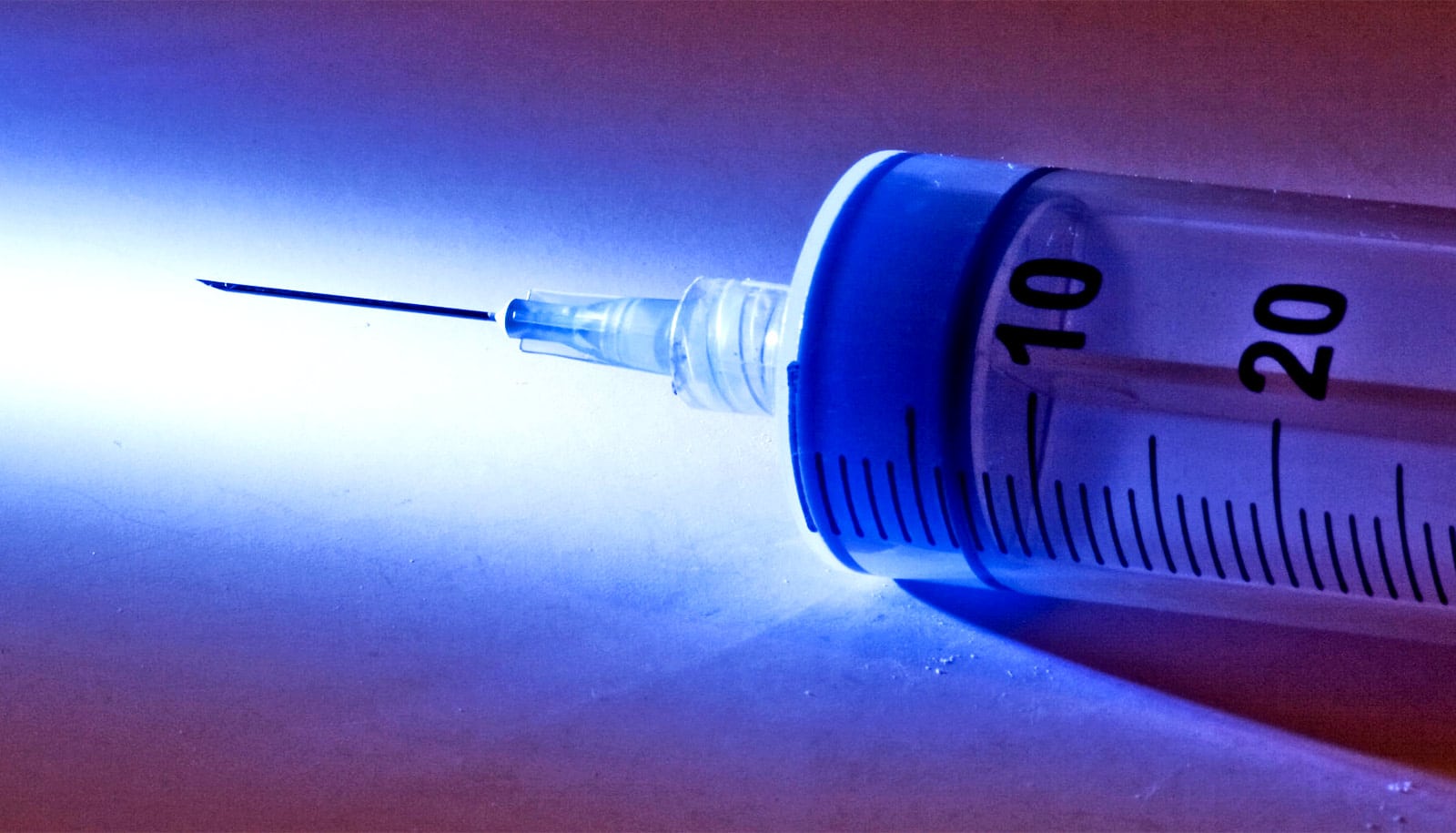Whether America is ready to “reopen” depends on the nation’s COVID-19 testing capabilities, regional spread of the virus, and political leadership, two experts argue.
“We keep looking for a silver bullet. But when you have four tools and put them all together, the combination is the silver bullet.”
Speaking at a virtual event, Emily Oster, a professor of economics, and incoming dean of the Brown School of Public Health Ashish K. Jha say the ability to return to offices, schools, and restaurants rests largely on the availability and efficiency of COVID-19 tests, the federal government’s cooperation with public health experts’ advice, and the collective ability of Americans to embrace imperfect but effective prevention and treatment methods, rather than continuing to search for a single ideal solution.
“We keep looking for a silver bullet,” says Jha, a physician and global health scholar who officially begins his tenure at Brown next month. “But when you have four tools and put them all together, the combination is the silver bullet.”
Some of those flawed yet valuable tools, Jha and Oster say, include regular, widespread, and rapid testing; thorough contact tracing; proper mask wearing; and continuous work toward developing a COVID-19 vaccine.
“If most people wear masks, that’s better than nobody wearing them,” says Oster, creator of the facts-based COVID-Explained website. “If there’s a 15% or 20% false negative rate in testing, that’s okay if you’re testing millions of people every day. I think we haven’t made that mental shift, but we’re going to have to if we want to have a better surveillance testing infrastructure.”
Oster argues that reopening in the US does not have to be an all-or-nothing proposition: Some communities may be able to return to work and school sooner if the number of cases is low and their schools have the resources necessary to implement frequent testing. Others may need to stay closed for many more months to reduce the number of positive cases.
But both Oster and Jha agreed that reopening on a grand scale can’t happen until the US has the resources to test millions of Americans every day and return those test results in 48 hours or less, a move that needs support from federal leadership to happen.
“We’re not going to be able to figure out how to get more testing out of the infrastructure we have,” Jha says.
“We need totally new modalities. The good news is, they exist. I believe we can get to a point where we can have ubiquitous testing. Whether [it] shows up in three months or 12 months is largely going to be driven by policy.”
Source: Brown University



